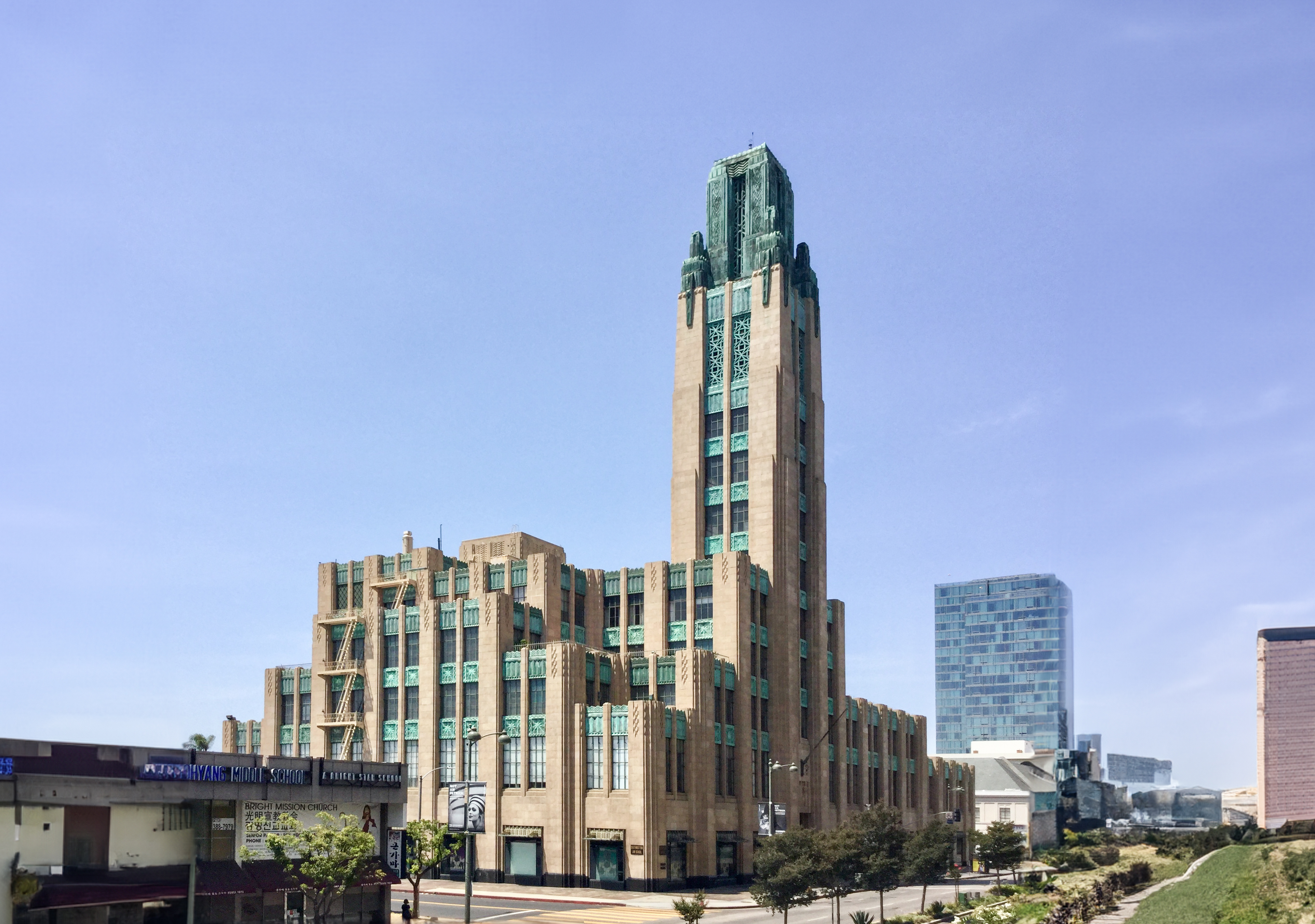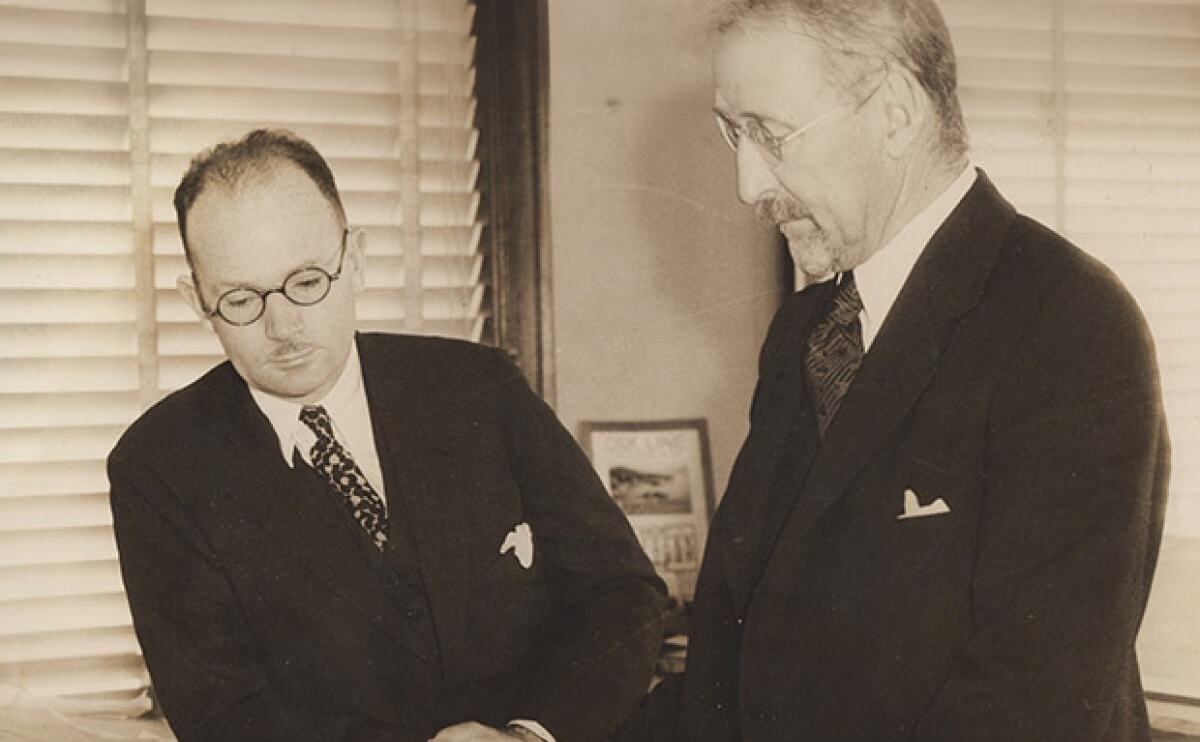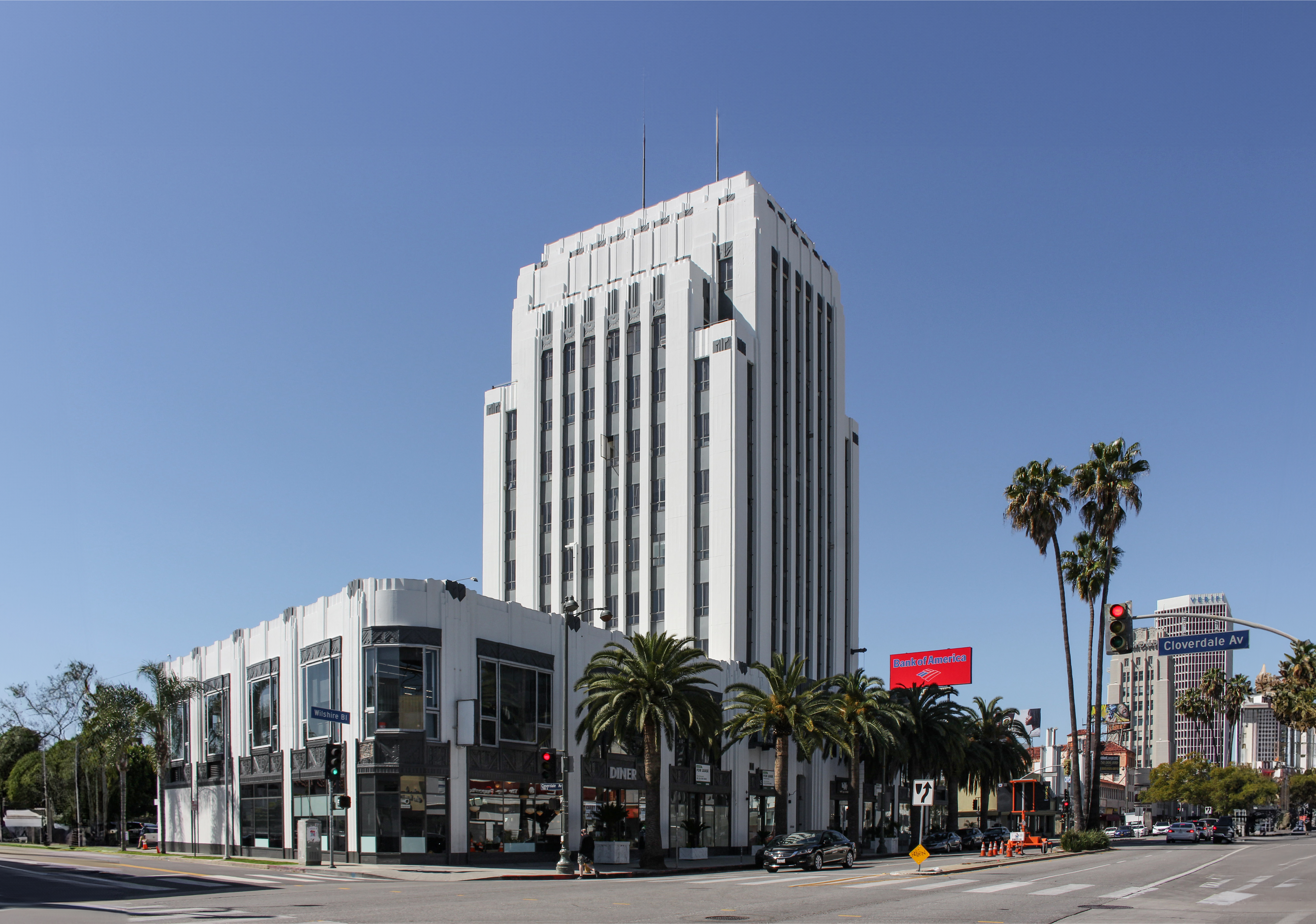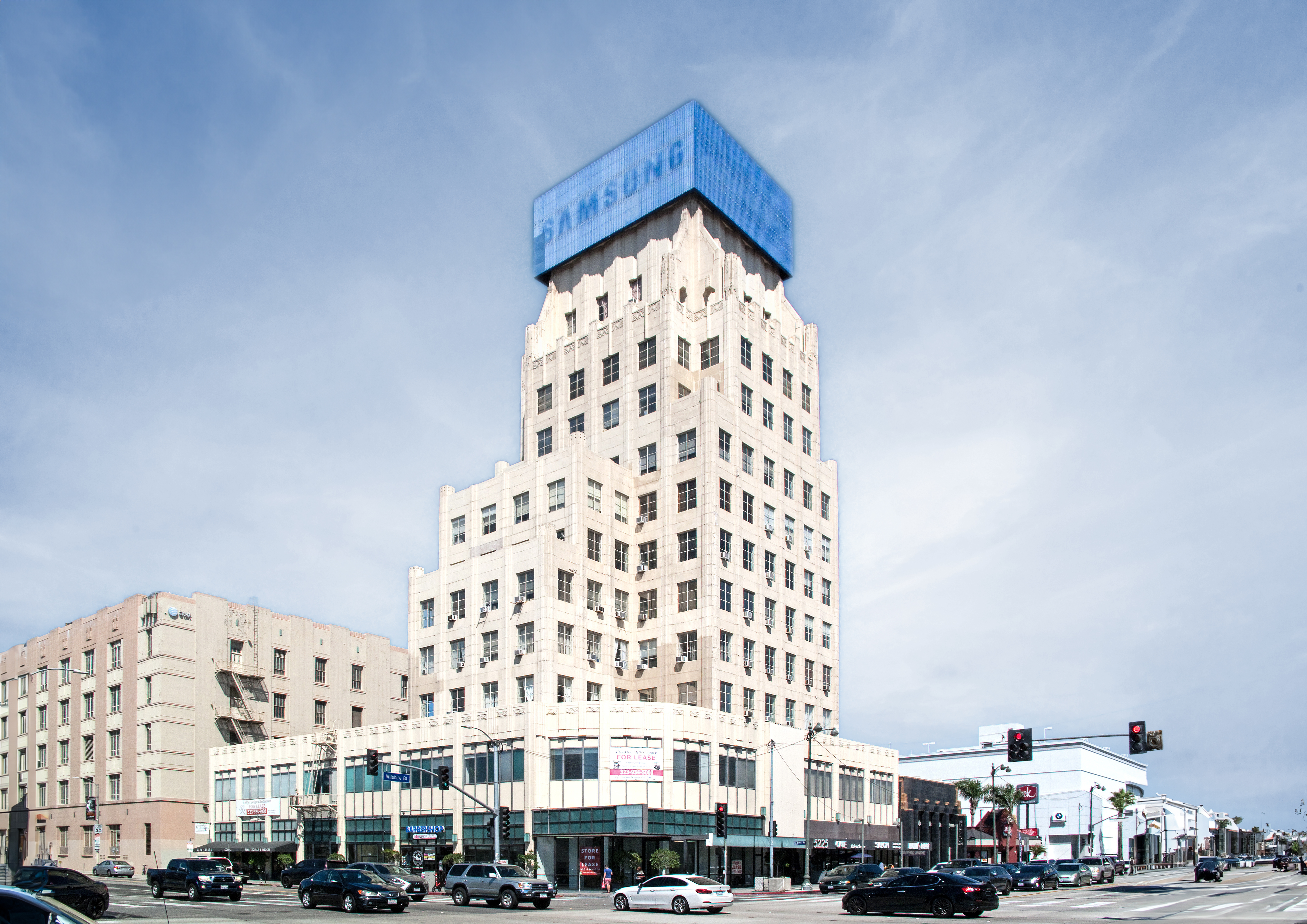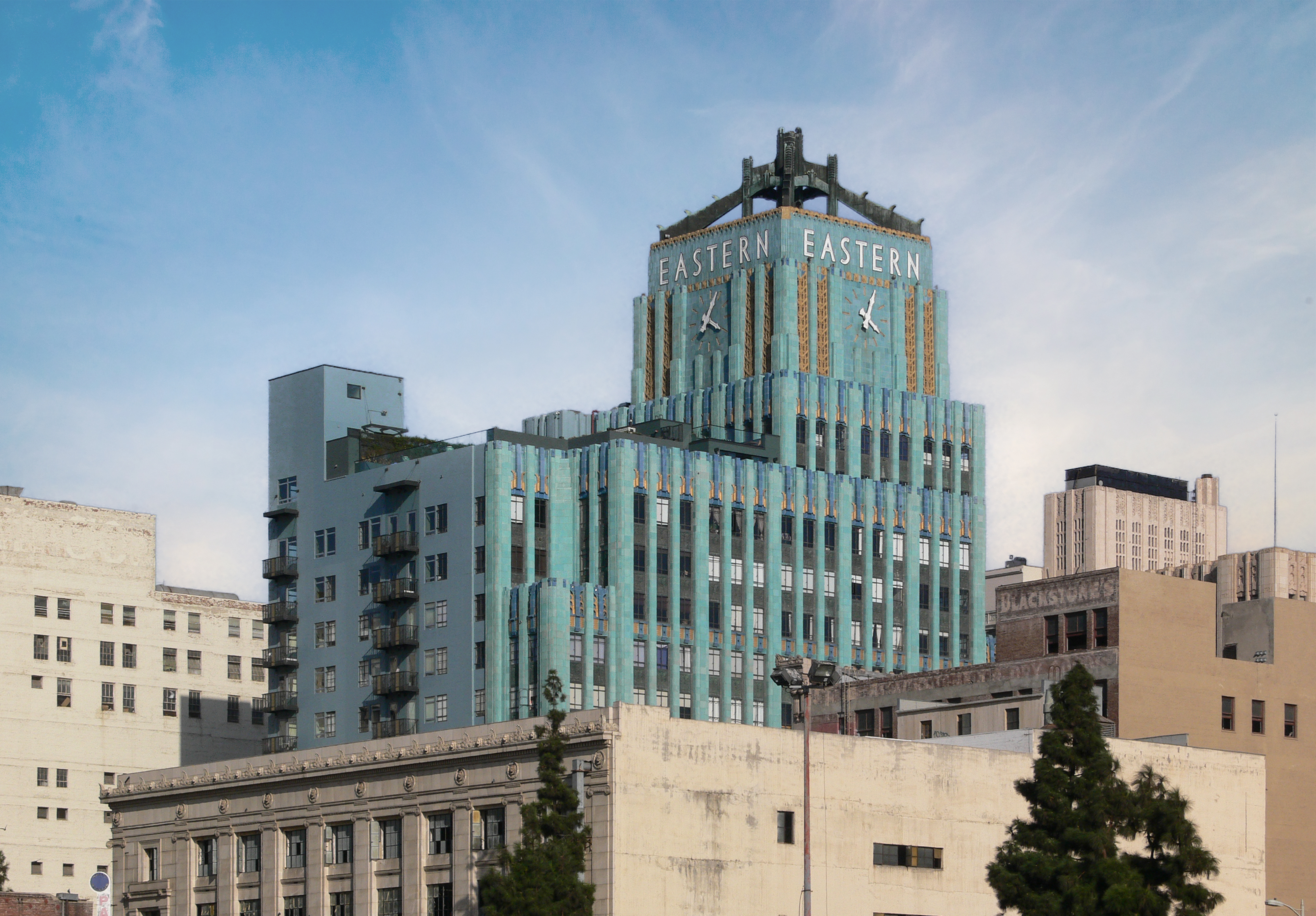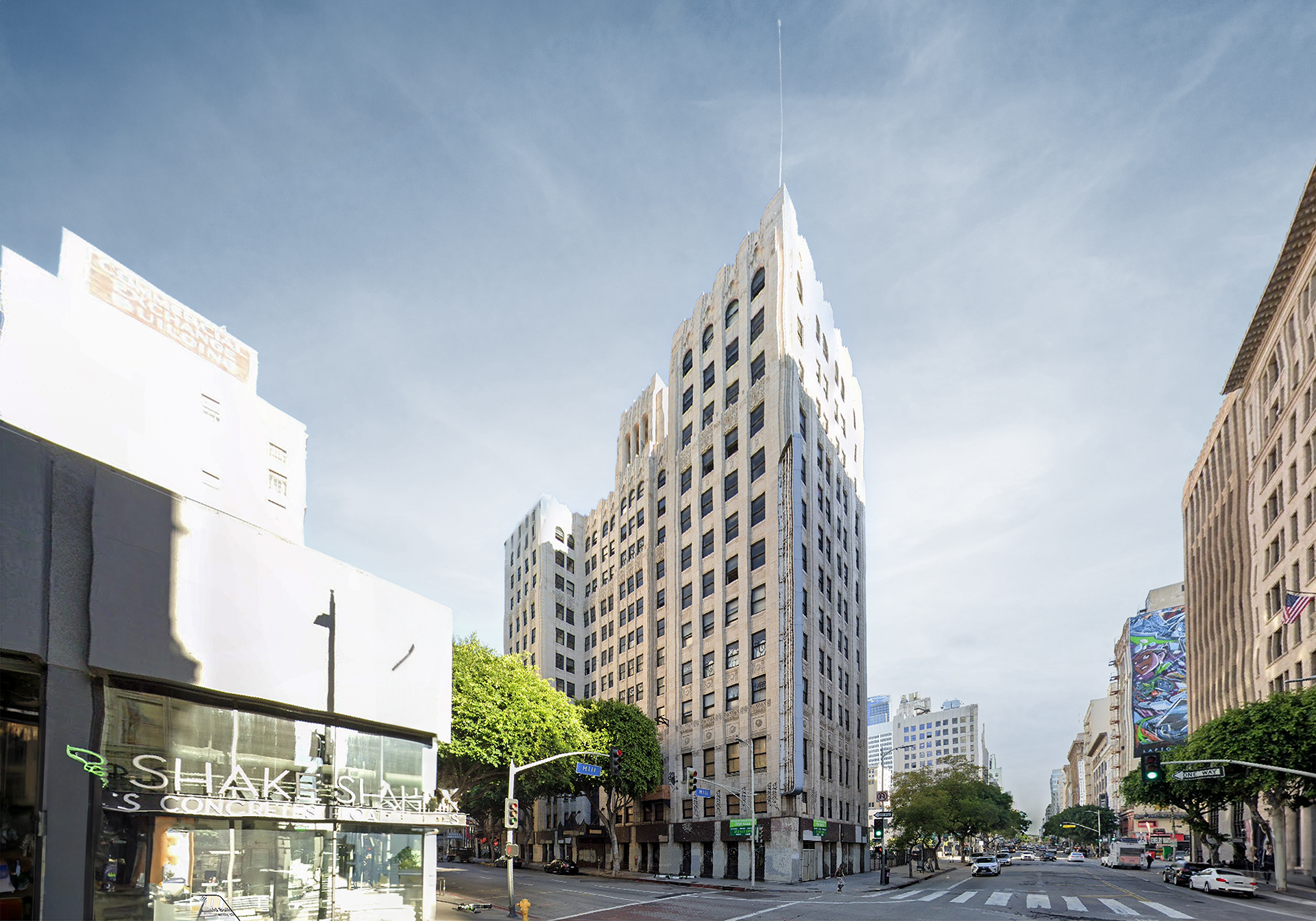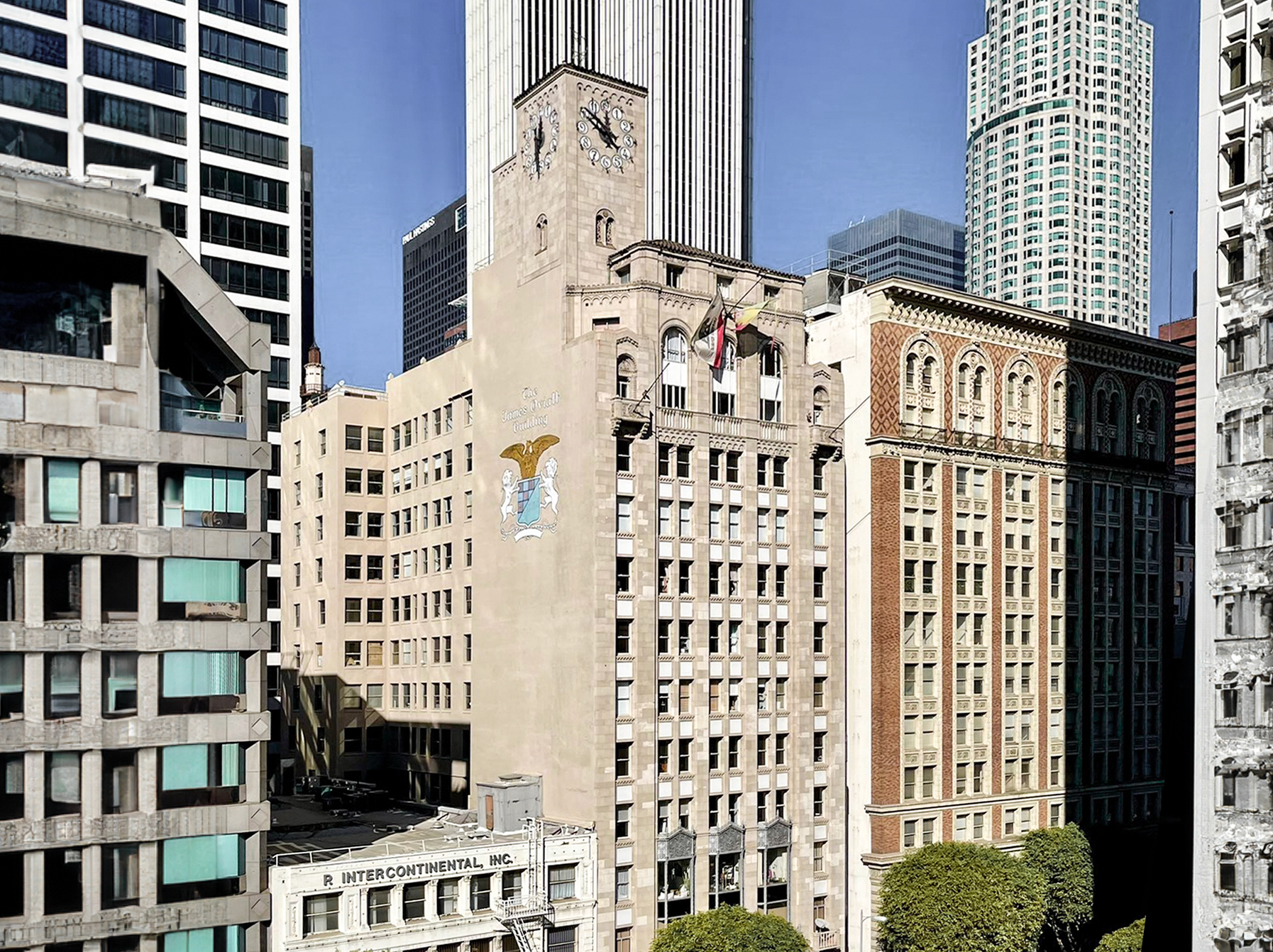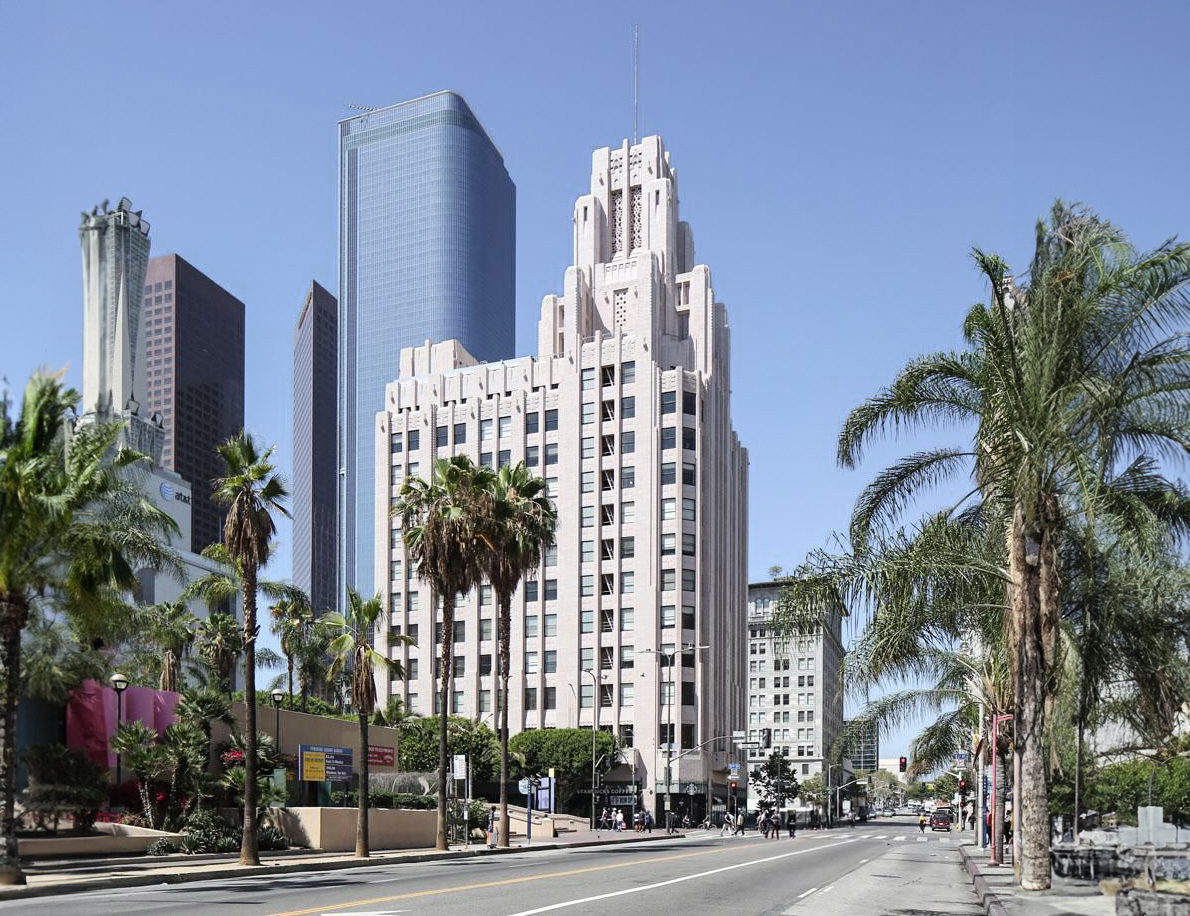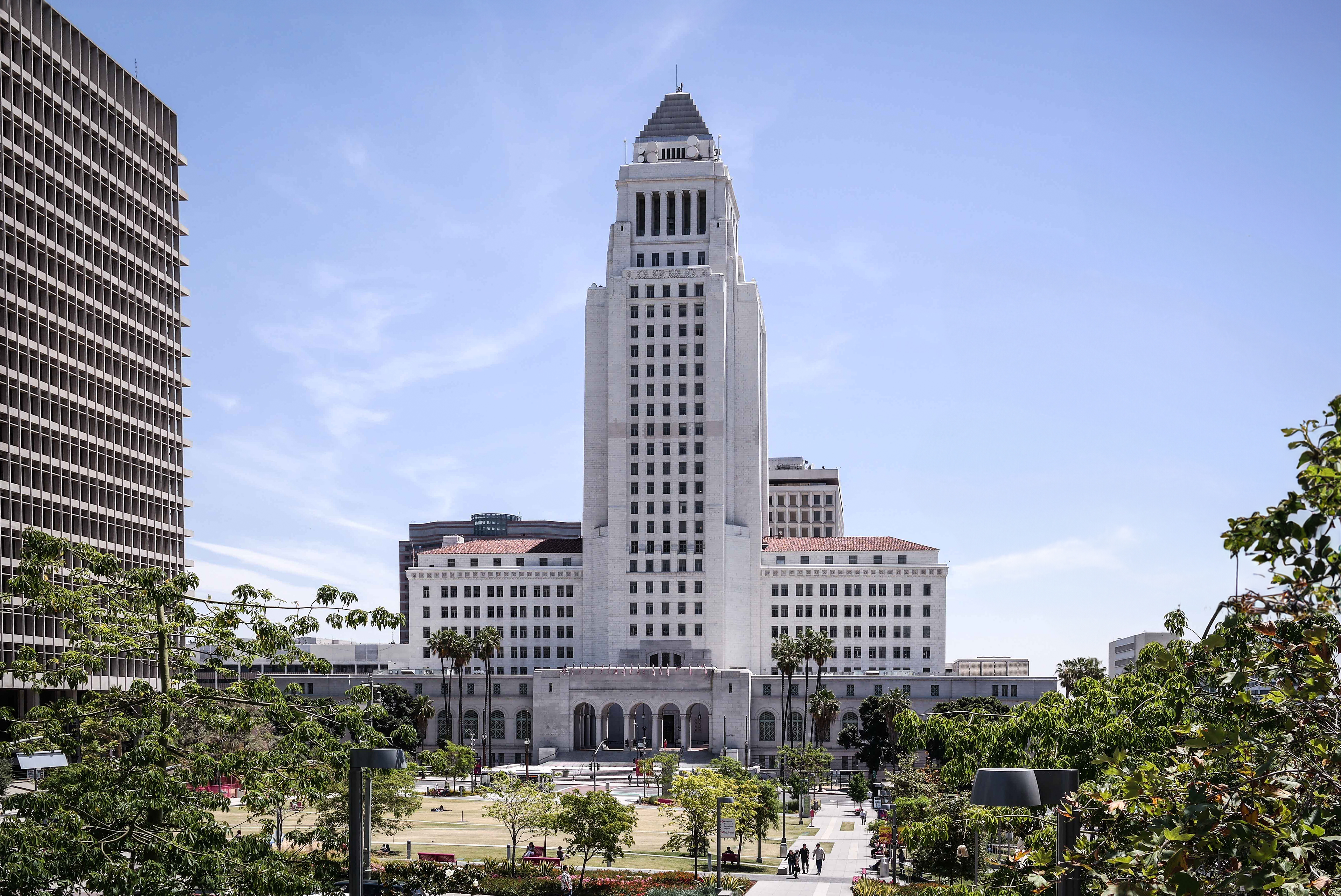The Bullocks Wilshire Building is an Art-deco skyscraper designed by Parkinson & Parkinson, and built between 1928 and 1929 in Los Angeles, CA.
Its precise street address is 3050 Wilshire Boulevard, Los Angeles, CA. You can also find it on the map here.
The Bullocks Wilshire Building is a structure of significant importance both for the city of Los Angeles and the United States as a nation. The building embodies the distinctive characteristic features of the time in which it was built and the Art Deco style. Because of that, the Bullocks Wilshire Building was officially included in the National Register of Historic Places on May 25th 1978, and was also included in the Los Angeles Register of Historic Places on June 15th 1968.
The building has been restored 2 times over the years to ensure its conservation and adaptation to the pass of time. The main restoration works happened in 1953 and 1997.
